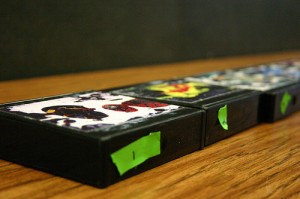 Over lunch, filmmaker Phil Hoffman asked symposium attendees to take time to rearrange two sets of painted boxes containing 16mm film reels to determine the ordering of clips in the afternoon screening of his two films, Opening Series 2 and 3. He framed this gesture as a transfer of authorial control – but not necessarily to the people rearranging the boxes, since the contents of each box are unidentifiable.
Over lunch, filmmaker Phil Hoffman asked symposium attendees to take time to rearrange two sets of painted boxes containing 16mm film reels to determine the ordering of clips in the afternoon screening of his two films, Opening Series 2 and 3. He framed this gesture as a transfer of authorial control – but not necessarily to the people rearranging the boxes, since the contents of each box are unidentifiable.
After a rapid splicing session, the two films are ready for projection. Monika Kin Gagnon introduces Phil’s screening as an opportunity to consider the continuum linking analogue and digital technologies – an evolutionary progression many of this weekend’s presenters urged us not to forget.
The first film, Opening Series 2, is a montage of trees, human faces, birds, windows and other soft, saturated moving images. The second film, Opening Series 3, the interactive version of the linear film Kokoro is for Heart, is a collaboration with poet Gerry Shikatani, who normally performs live spoken word alongside the projection. This iteration without Shikatani present is instead shown with a recording of his voice. A sequence of black and white shots of a human figure, shrubs and rock patterns in a gravel pit follow the staccato rhythm of Shikatani’s words repeated in English, French and Japanese.
Phil contextualizes his Opening Series films as a reaction to the emergence of nonlinear digital media in the early 1990s. He says that the audience’s participation in the editing process has also kept the project fresh for him over the many years he has seen it screened.
The showing of these 16mm films is a unique moment of analogue technology during the DNA Symposium. The switch in modality can be clearly felt in the substantial darkening of the room. The extra projectors that had been showing the presentation timer and symposium twitter feed are turned off, and audience members have put away the laptops and ipads that had stayed active through previous sessions. The 16mm projector also provides a more localized illumination than the digital projectors. This move away from multiple layers of simultaneous information sources brings a tangible change to the mood of the audience. With the interactive editing exercise complete, we now focus only on viewing.
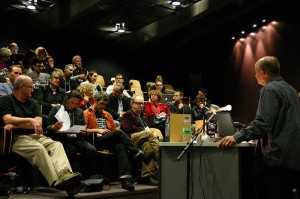
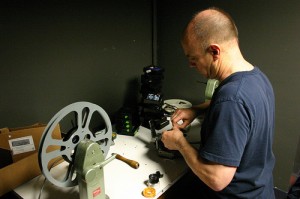

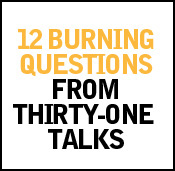
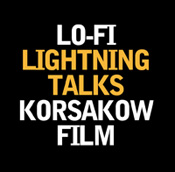

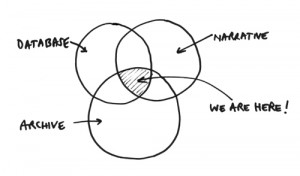

Comments on this entry are closed.